Navigating the world of tween fashion can be both exciting and overwhelming, given the wide array of brands catering to younger audiences. With style, comfort, and individuality in mind, there are several standout brands that perfectly align with the dynamic and ever-evolving tastes of tweens. From mainstream labels that offer trendy essentials to niche brands that specialize in unique and expressive designs, finding the right fit for your tween can make all the difference. To explore some of the top clothing brands ideal for this age group, check out the comprehensive list below.
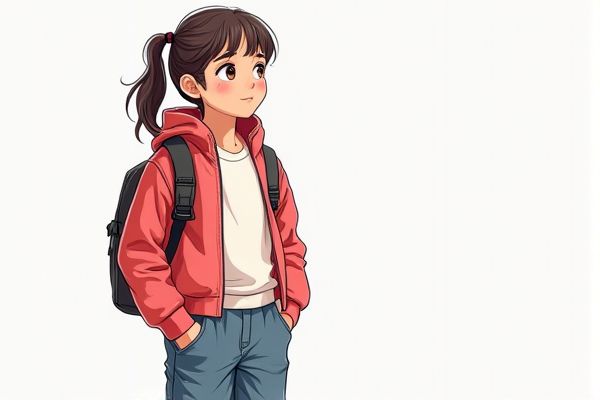
Illustration of clothing for tweens
Best brands of clothing for tweens in 2025
Justice
Justice is a renowned clothing brand specifically tailored for tween girls, aged 6-12, offering a wide range of apparel, including underwear, sleepwear, swimwear, and accessories. The brand, which originated as Limited Too and transitioned to Justice between 2008 and 2010, was known for its vibrant and glittery designs, often featuring licensed merchandise from popular franchises. Despite its popularity, Justice faced significant challenges, leading to the closure of all its physical stores in 2020 due to Ascena Retail Group's bankruptcy. However, the brand continues to thrive through its online platform and an exclusive partnership with Walmart since 2021. Justice maintains a strong brand awareness, with 60% of U.S. respondents recognizing the brand, and 32% of those respondents expressing a liking for it. Discover more about their offerings on their online platform.
Abercrombie Kids
Abercrombie Kids is a prominent brand in the children's apparel market, known for its comfortable, high-quality clothing that caters to tweens aged 5 to 14 years. The brand has seen significant growth, with Abercrombie & Fitch Co. reporting a 35% year-over-year increase in net sales for Abercrombie brands in fiscal year 2023. Through its partnership with Haddad Brands, Abercrombie Kids is expanding its international reach and introducing baby and toddler categories to its product line. This strategic move aligns with the growing global kids apparel market, which is projected to reach $366.72 billion by 2032, exhibiting a CAGR of 7.12% from 2024 to 2032. The brand's commitment to leveraging technology and omnichannel initiatives has enhanced customer engagement and driven business success. For more details about their latest collections, you can visit the Abercrombie Kids website.
H&M
H&M, a leading brand in the clothing industry, particularly for tweens, is renowned for its trendy and sustainable apparel. Founded in 1947 in Sweden, H&M has grown to operate over 4,700 stores worldwide and employs 171,000 people, generating an impressive revenue of $188 billion annually. The brand is committed to sustainability, as evidenced by its CONSCIOUS line and partnership with TextileGenesis™ to track sustainable fibers using blockchain technology. H&M's email marketing strategies, including welcome emails and exclusive member deals, help engage customers and drive sales. The brand's focus on transparency and social responsibility further enhances its appeal to parents and tweens alike.
Gap Kids
Gap Kids is a leading brand in the children's apparel market, particularly for tweens, offering a collection of trendy and comfortable clothes designed to keep up with active lifestyles. The brand's focus on kids' apparel has been a strategic move, especially given the projected growth of the children's clothing market to $368.34 billion by 2031, with a CAGR of 4.80% from 2024-2031. Gap's back-to-school campaigns, such as the one featuring musically inclined kids, highlight the brand's commitment to quality and style, with innovations like Washwell technology to ensure durability. The brand faces competition but leverages its strong equity in the kids and baby sector to maintain market share. Gap's marketing efforts, including significant media investments, aim to capitalize on the growing demand for children's apparel. Discover their amazing collection of tween boy clothes here.
Zara Kids
Zara Kids is a prominent player in the children's apparel market, particularly for the tween segment, known for its rapid production and distribution cycle, allowing new designs to hit stores in as little as 15 days. This vertical integration and technological orchestration enable Zara to produce roughly 60% of its merchandise in-house, resulting in high profitability with 85% of products sold at full price. Zara's strategy of frequent inventory updates encourages customers to visit stores often, with the average Zara customer visiting 17 times a year. The brand's ability to quickly respond to consumer trends and preferences makes it a favorite among tweens and their parents. Zara's global expansion, with stores in over 73 countries, further solidifies its position as a leader in the children's apparel market. For more details, explore their Zara Kids collection.
Old Navy
Old Navy has emerged as a leading brand for tween clothing, addressing a previously underserved market with its first-ever tween-focused collection launched in 2020. Developed in collaboration with POPSUGAR and insights from influential tween personalities like Alize Lee and Kheris Rogers, the 25-piece collection offers gender-inclusive, comfortable, and stylish apparel priced between $9.99 and $39.99. This initiative targets the approximately 21 million tweens in America, who collectively hold nearly $43 billion in spending power on apparel each year. The collection includes vibrant colors, positive graphics, and interchangeable styling pieces, reflecting the inclusive and culturally-conscious values of the next generation. Old Navy also supports philanthropic initiatives, including a $25,000 donation to the Boys & Girls Clubs of America. You can learn more about Old Navy's first-ever tween line on their website.
Uniqlo
Uniqlo, a subsidiary of Fast Retailing, has established itself as a leading producer of clothing for tweens, known for its high-quality, functional, and affordable apparel. The brand has significantly expanded its kids' and babies' collection, aiming to double revenues in this segment and increase the number of Japanese stores offering kids' clothing by 60% to 679. Uniqlo's innovative fabrics, such as HeatTech and AIRism, provide unique comfort and functionality, setting it apart from competitors. With over 2,434 stores worldwide and a strong presence in Asia, Europe, and the US, Uniqlo continues to grow, driven by its LifeWear concept and commitment to customer-centric products. The brand's global expansion and focus on tropical climates, particularly in Southeast Asia, India, and Australia, further solidify its position in the children's wear market. Explore more about Uniqlo's strategic approach on their website.
Nike
Nike remains the leading clothing brand among teen consumers, holding a 34% popularity share overall, although it is facing increased competition from brands like Hoka, On Running, and New Balance. In footwear, Nike maintained its No. 1 spot but saw a 4-point year-over-year decline to 57% mindshare, with a sharper drop among females and upper-income teens. Despite this, Nike is still the preferred brand for average-income teenage girls, with 53% listing it as their favorite. Upper-income girls, however, prefer Lululemon, with 45% listing it as their preferred brand compared to Nike's 35%. Nike's market share is being challenged, particularly in athletic footwear among upper-income teens, where it lost 510 basis points of mindshare year-over-year. For more detailed insights, visit the official Nike website.
Forever 21
Forever 21 is a leading fast-fashion retailer that has been a favorite among tweens and young adults, particularly from 2009 to 2011 when around 9 to 10 percent of U.S. teens listed it as their favorite clothing brand. The brand's success stems from its ability to quickly replicate the latest fashion trends and offer them at highly competitive prices, such as jeans starting at $15. By 2015, Forever 21's sales peaked at $4.4 billion, and the brand operated over 790 stores across 48 countries. However, its popularity among teens began to decline, dropping to around 5 percent by the fall of 2016. Despite this, Forever 21 remains a significant player in the fast-fashion industry, catering to a broad customer base with its various sub-brands. Find more about their latest collections on their official website.
Target
Target's Cat & Jack brand, launched in 2016, has emerged as one of the leading producers of clothing for tweens, generating over $3 billion in annual sales and selling more than 300 million units each year. This brand, which replaced Target's previous Cherokee and Circo labels, has seen a 15% increase in basket size since its introduction at Hudson's Bay in Canada. Cat & Jack is designed with input from children, featuring funky colors and cooler cuts, and is now the largest kids brand in America. The brand's success is part of Target's broader strategy to differentiate itself through high-quality, well-designed private-label products. This approach has helped Target maintain its position as the second-largest seller of children's apparel among mass merchants, behind Wal-Mart. For more on Cat & Jack kids clothing, visit their website.


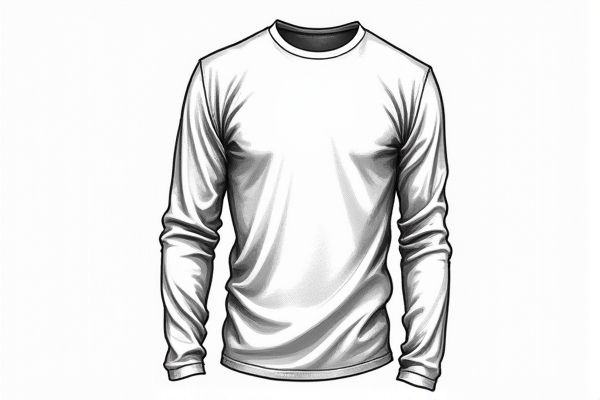
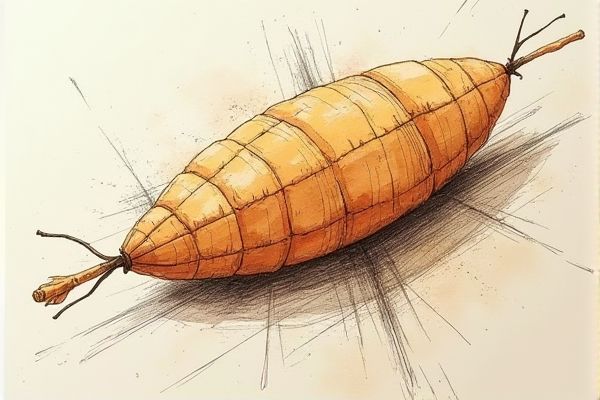
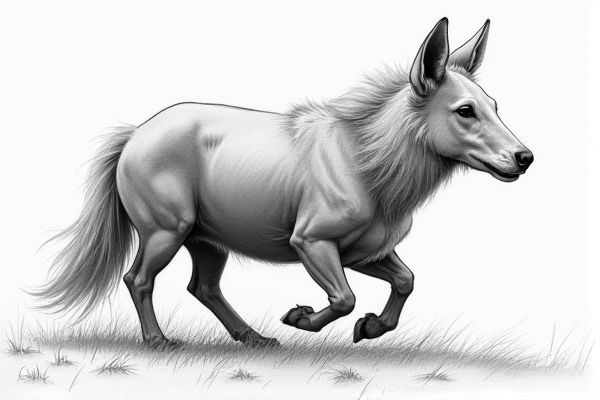
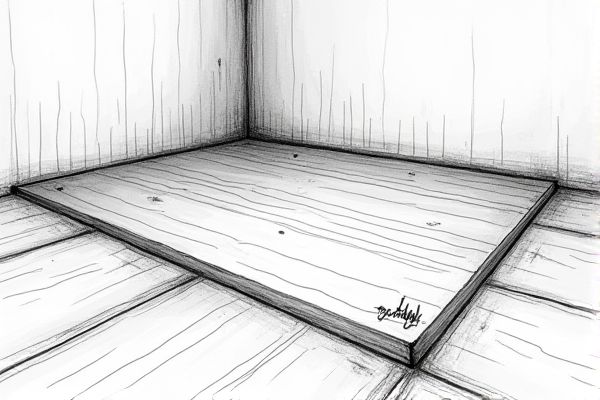




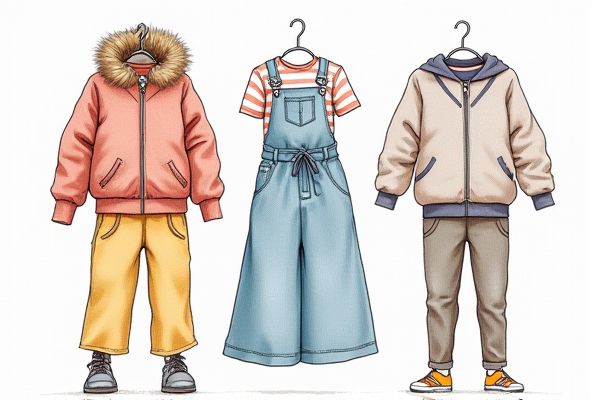
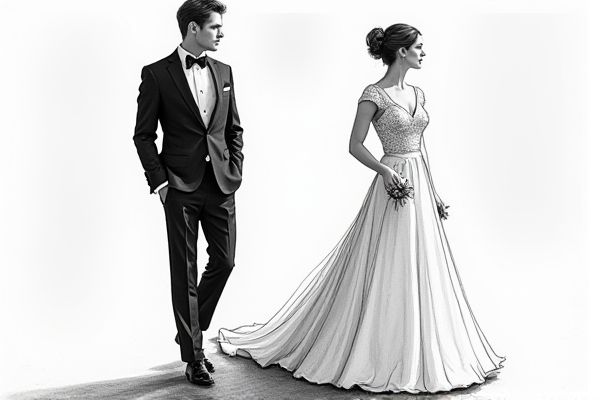
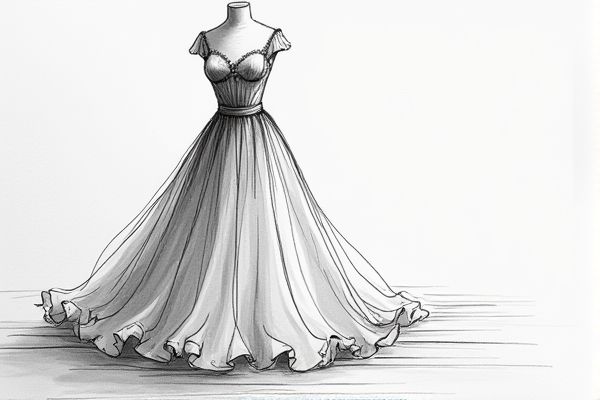
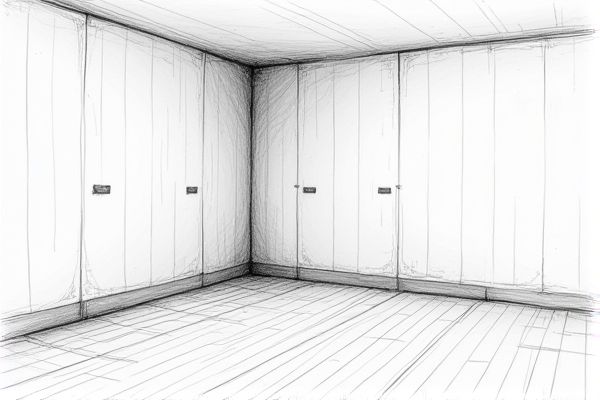
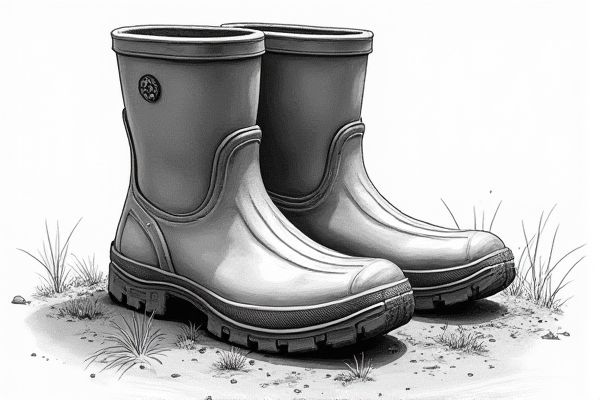
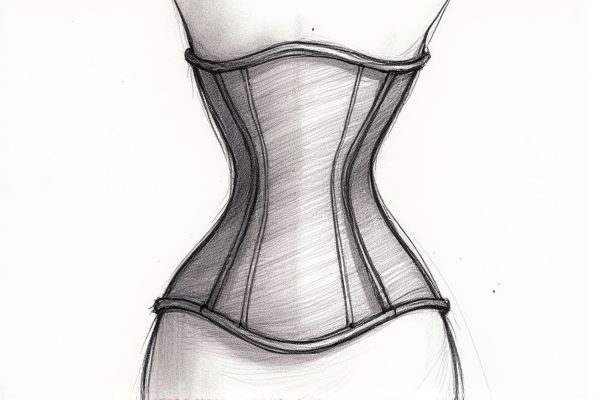
Leave a Reply
Your email address will not be published.